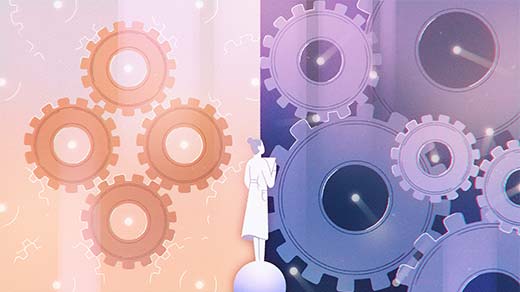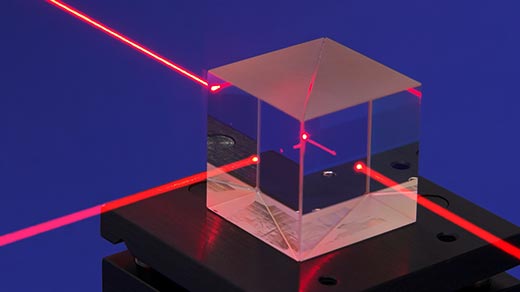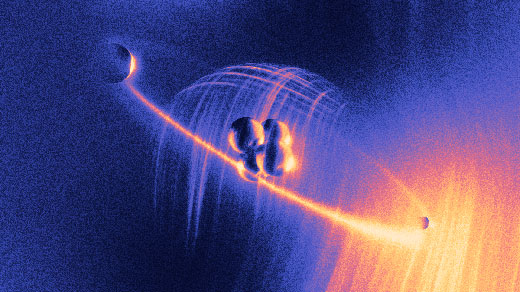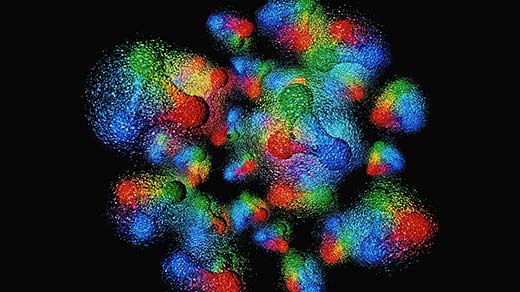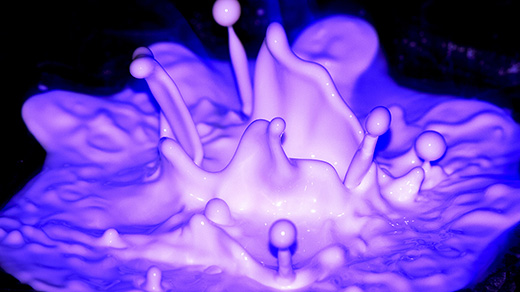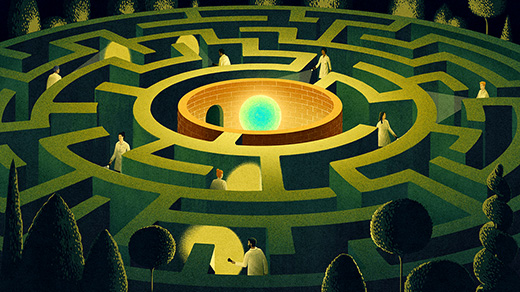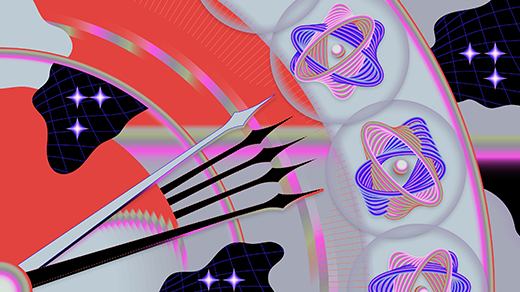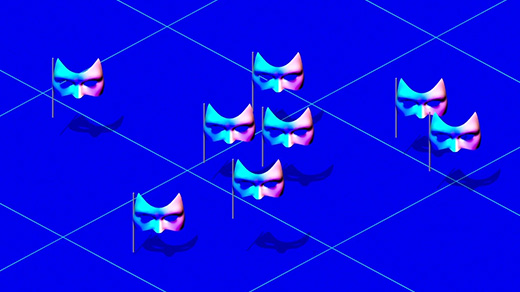What's up in
Experimental physics
Latest Articles
Newly Measured Particle Seems Heavy Enough to Break Known Physics
A new analysis of W bosons suggests these particles are significantly heavier than predicted by the Standard Model of particle physics.
Beyond the Second Law
Thanks to the power of fluctuation relations, physicists are taking the second law of thermodynamics to settings once thought impossible.
A New Tool for Finding Dark Matter Digs Up Nothing
Physicists are devising clever new ways to exploit the extreme sensitivity of gravitational wave detectors like LIGO. But so far, they’ve seen no signs of exotica.
An Antimatter Experiment Shows Surprises Near Absolute Zero
An experiment conducted on hybrid matter-antimatter atoms has defied researchers’ expectations.
The Mysterious Forces Inside the Nucleus Grow a Little Less Strange
The strong force holds protons and neutrons together, but the theory behind it is largely inscrutable. Two new approaches show how it works.
An Injection of Chaos Solves Decades-Old Fluid Mystery
In the 1960s, drillers noticed that certain fluids would firm up if they flowed too fast. Researchers have finally explained why.
Is the Great Neutrino Puzzle Pointing to Multiple Missing Particles?
Years of conflicting neutrino measurements have led physicists to propose a “dark sector” of invisible particles — one that could simultaneously explain dark matter, the puzzling expansion of the universe, and other mysteries.
An Ultra-Precise Clock Links the Quantum World With Gravity
Time was found to flow differently between the top and bottom of a single cloud of atoms. Physicists hope that such a system will one day help them combine quantum mechanics and Einstein’s theory of gravity.
Major Quantum Computing Strategy Suffers Serious Setbacks
So-called topological quantum computing would avoid many of the problems that stand in the way of full-scale quantum computers. But high-profile missteps have led some experts to question whether the field is fooling itself.
![Illustration in which the particles of the Standard Model are arranged as sections of a circle, but the W boson is too big and doesn’t fit.]](https://www.quantamagazine.org/wp-content/uploads/2022/04/W-Boson_520x292.jpg)
